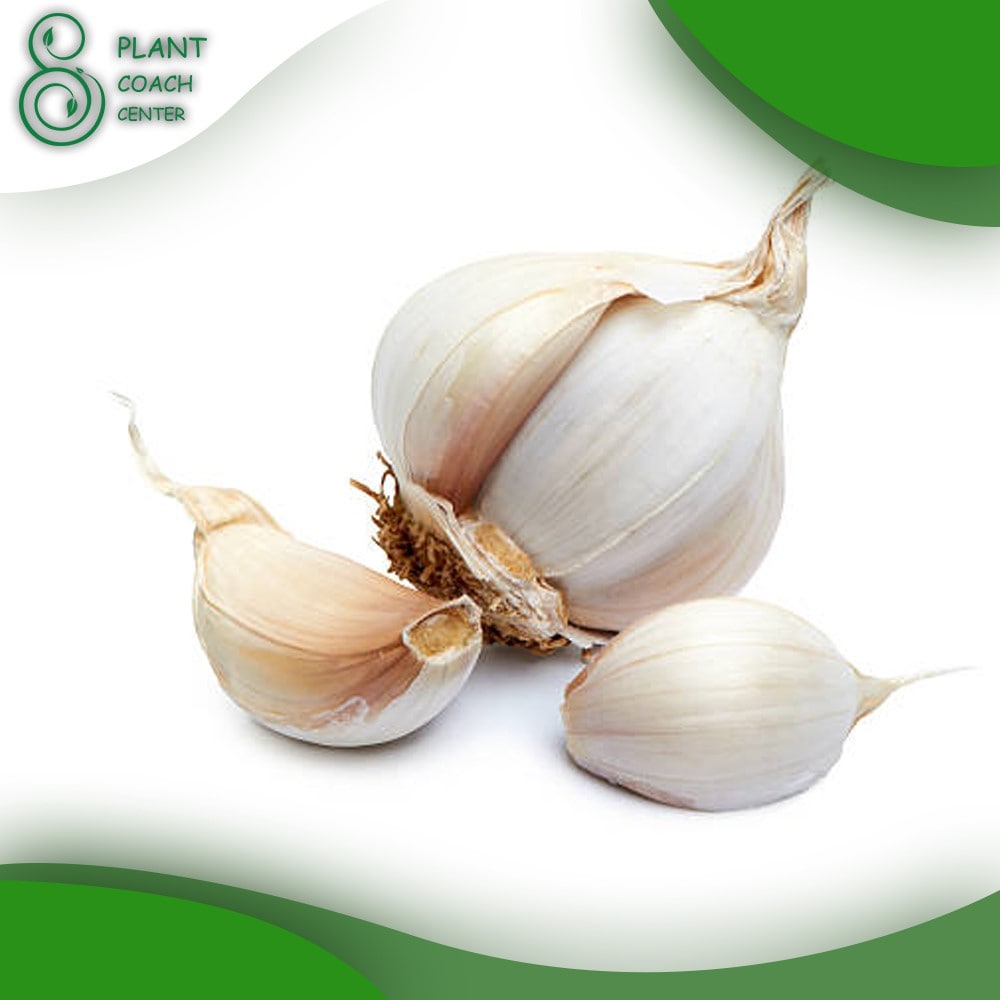When to Plant Fall Garlic
Introduction to Plant Coaching and Common Plant Problems
Growing plants can be a rewarding experience, but it also comes with its challenges. From plant diseases to nutrient deficiencies, gardeners often encounter various plant problems that hinder their success. This comprehensive article aims to delve into the world of plant coaching, offering guidance on tackling common issues, with a specific focus on the optimal timing for planting fall garlic.
Whether you’re a novice gardener or an experienced green thumb, this article will equip you with the knowledge and strategies needed to overcome plant problems and maximize your harvest. For further support and resources, visit [PlantCoachCenter.com] (https://www.plantcoachcenter.com).
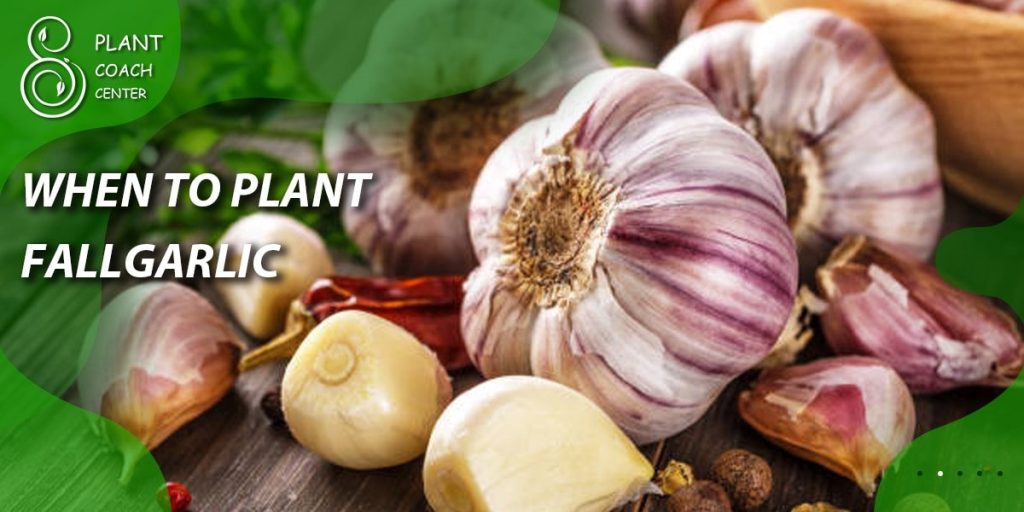
The Benefits of Plant Coaching
Plant coaching provides invaluable benefits for gardeners seeking to optimize their plant health and productivity. By understanding the advantages of working with a plant coach, you can unlock the full potential of your garden. Let’s explore the benefits plant coaching offers:
Maximizing Plant Health and Growth
– Gaining insights into optimal planting techniques and maintenance practices for specific plant varieties.
– Learning to identify early signs of plant stress, diseases, and nutrient deficiencies.
– Implementing strategies to enhance soil health and provide optimal growing conditions.
Increasing Crop Yield and Quality
– Understanding the factors that influence plant productivity and learning to maximize yield.
– Fine-tuning irrigation and fertilization practices to ensure plants receive adequate nutrients.
– Implementing pest and disease management strategies to protect crops and improve quality.
Identifying and Resolving Plant Problems
– Developing the skills to diagnose and address common plant problems promptly.
– Learning sustainable and organic solutions to prevent or mitigate plant diseases and pests.
– Gaining confidence in troubleshooting techniques to maintain plant health.
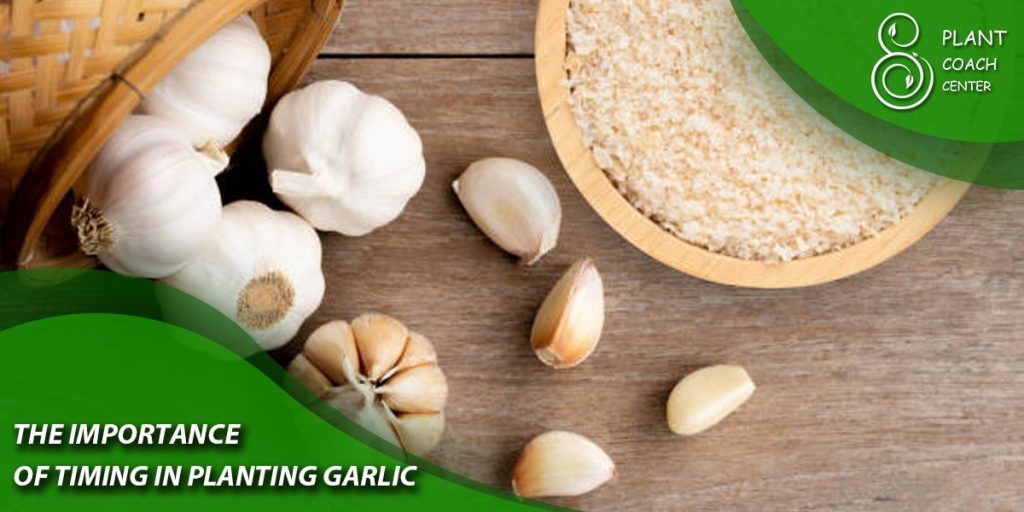
The Importance of Timing in Planting Garlic
Garlic, a versatile and flavorful herb, requires specific timing for planting to ensure optimal growth and bulb development. Fall garlic planting offers several advantages over spring planting, making it a popular choice for gardeners. Understanding the importance of timing is crucial. Let’s explore why fall garlic planting is advantageous and the factors that influence planting time:
Understanding Garlic Planting Seasons
– Garlic is typically planted in either the fall or spring, depending on the desired harvest time.
– Fall planting allows for overwintering, resulting in larger bulbs and earlier harvest the following summer.
– Spring planting is an option for regions with harsh winters or when fall planting is not feasible.
Advantages of Fall Garlic Planting
– Fall planting provides a head start, allowing garlic to establish roots before winter dormancy.
– Cooler temperatures during fall and winter promote bulb development and increase flavor intensity.
– Fall-planted garlic generally exhibits better disease resistance and produces larger, healthier bulbs.
Factors Influencing Planting Time
– Geographic location and climate determine the ideal time for fall garlic planting.
– Garlic cultivars have specific planting requirements, including the number of days to maturity.
– Soil temperature and moisture levels influence planting readiness.
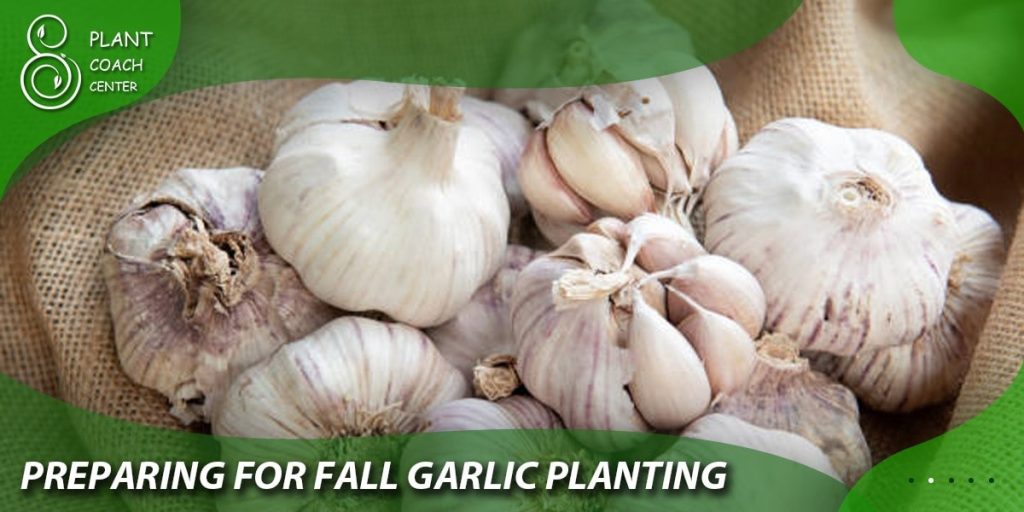
Preparing for Fall Garlic Planting
Before embarking on fall garlic planting, adequate preparation is essential to create a favorable environment for your garlic crop. Let’s explore the necessary steps to ensure successful garlic cultivation:
Selecting Garlic Varieties
– Choose garlic varieties suitable for your climate, culinary preferences, and intended use.
– Hardneck varieties thrive in colder regions, while softneck varieties are more adaptable to milder climates.
– Consider flavor profiles, bulb size, and storage capabilities when selecting garlic varieties.
Sourcing Quality Garlic Seed
– Obtain high-quality, disease-free garlic seed from reputable suppliers or local farmers.
– Inspect seed bulbs for firmness, size, and absence of damage or signs of disease.
– Save a portion of your harvest for seed garlic in subsequent seasons to maintain plant health.
Preparing the Planting Site
– Select a well-draining location with access to full sun, as garlic prefers at least six hours of direct sunlight daily.
– Clear the planting area of weeds, rocks, and debris to provide a clean growing space for garlic.
– Consider crop rotation to minimize the risk of disease and optimize soil nutrient balance.
Soil Preparation and Amendments
– Conduct a soil test to assess the nutrient composition and pH level of your soil.
– Aim for a slightly acidic to neutral pH range (6.0-7.0) for optimal garlic growth.
– Incorporate organic matter, such as compost or well-rotted manure, to improve soil structure and fertility.
Planting Techniques for Fall Garlic
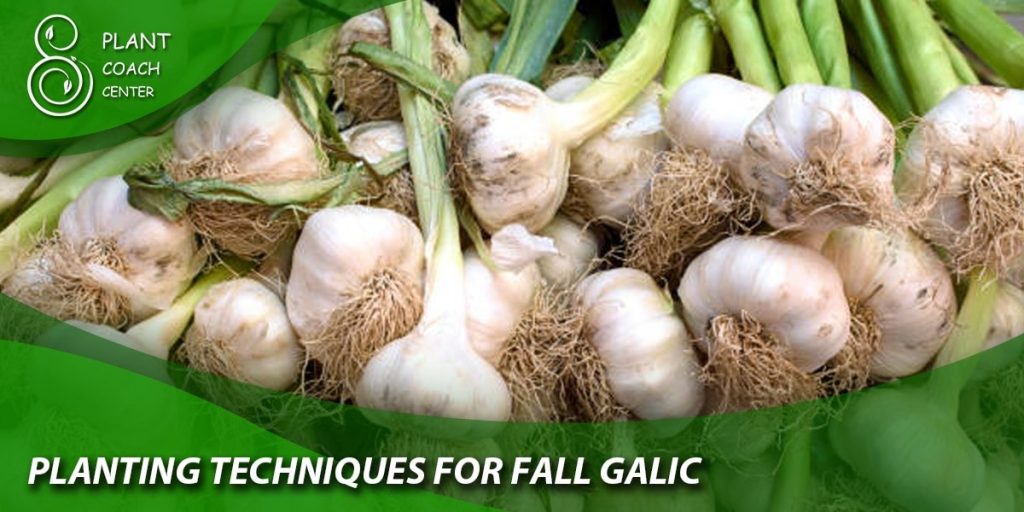
Once the preparation is complete, it’s time to delve into the planting process. Mastering the proper techniques will ensure that your fall garlic crop gets off to a healthy start. Let’s explore the essential steps and considerations for successful fall garlic planting:
Choosing the Right Garlic Cloves
– Select large, firm garlic cloves for planting, as they are more likely to produce healthy bulbs.
– Avoid using damaged or sprouted cloves, as they may have reduced vigor and yield.
– Consider saving the largest cloves from your previous harvest for planting, as they tend to produce the best results.
Proper Spacing and Depth for Planting
– Space garlic cloves 4-6 inches apart within rows, with rows spaced approximately 12-18 inches apart.
– Plant cloves with the pointed end facing upward and the basal root plate facing downward.
– Plant cloves at a depth of 2-3 inches, ensuring they are adequately covered with soil.
Mulching and Watering Practices
– Apply a layer of organic mulch, such as straw or shredded leaves, to conserve soil moisture, suppress weeds, and insulate the garlic bulbs during winter.
– Water the planting area thoroughly after planting, ensuring that the soil is evenly moist.
– Maintain consistent soil moisture throughout the growing season, aiming for about 1 inch of water per week.
Companion Planting with Garlic
– Consider interplanting garlic with companion plants that can enhance its growth and repel pests.
– Suitable companions include herbs like chamomile, dill, and chives, as well as flowering plants like marigolds and alliums.
– Avoid planting garlic near crops that are incompatible or prone to similar pests and diseases.
Climate Considerations for Fall Garlic Planting
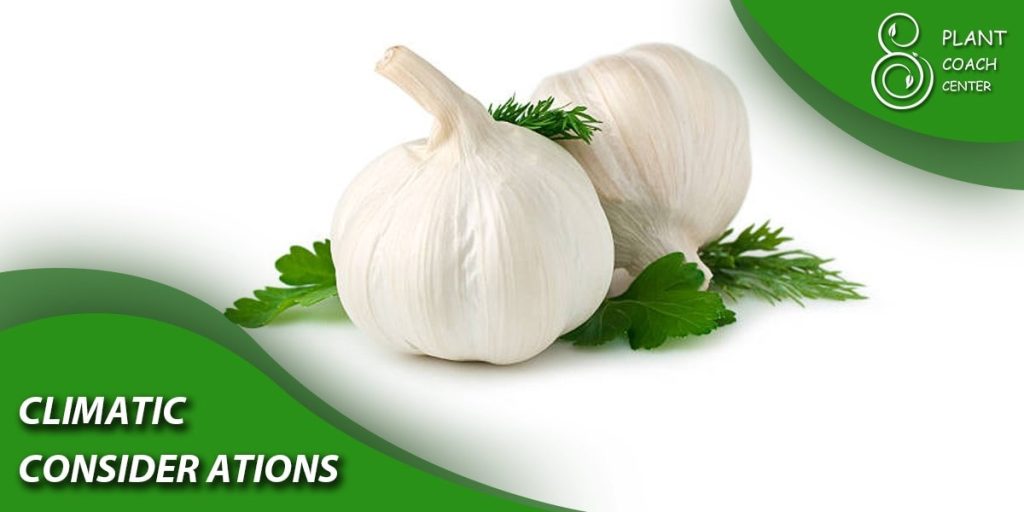
Climate plays a significant role in determining the success of fall garlic planting. Understanding the specific climate requirements and adapting planting dates accordingly is crucial. Let’s explore the factors to consider when planting fall garlic in different regions:
Regional Climate Variations and Adaptations
– Different regions have varying climate conditions that affect garlic growth and development.
– Research local climate data, including average temperatures, frost dates, and the length of the growing season.
– Adapt planting dates and techniques to suit your specific climate and ensure optimal garlic growth.
Adjusting Planting Dates for Different Zones
– Identify your USDA Hardiness Zone or the relevant hardiness zone system in your country.
– Consult zone-specific planting calendars to determine the ideal fall garlic planting window for your area.
– Adjust planting dates based on the average first frost date and the number of days to maturity of your selected garlic variety.
Microclimates and Their Impact on Garlic Growth
– Observe and evaluate microclimates within your garden or planting area.
– Microclimates can result from variations in sunlight exposure, wind patterns, or the presence of structures or vegetation.
– Utilize microclimates to your advantage by planting garlic in areas that offer optimal growing conditions, such as warmer or more sheltered spots.
Recognizing and Addressing Common Garlic Plant Problems
Despite your best efforts, garlic plants may encounter various problems throughout their growth cycle. Being able to identify and address these issues promptly is crucial for maintaining plant health. Let’s explore some common garlic plant problems and their solutions:
Pests and Diseases Affecting Garlic
- Garlic Root Rot
– Symptoms: Yellowing leaves, stunted growth, and brown, mushy roots.
– Solution: Improve soil drainage, avoid overwatering, and practice crop rotation.
- Onion Thrips Infestation
– Symptoms: Silver-gray speckling on leaves, withering foliage, and distorted bulbs.
– Solution: Use insecticidal soaps, neem oil, or beneficial insects like ladybugs to control thrips.
- White Rot Disease
– Symptoms: Yellowing leaves, wilting, and decay of the bulb base.
– Solution: Practice strict sanitation measures, avoid planting garlic in affected areas, and consider resistant garlic varieties.
- Garlic Mites
– Symptoms: Yellowing leaves, distorted growth, and webbing on the foliage.
– Solution: Apply a miticide recommended for garlic mites and ensure good airflow around plants.
Nutrient Deficiencies and Imbalances
- Nitrogen Deficiency
– Symptoms: Pale yellow leaves, stunted growth, and reduced bulb size.
– Solution: Apply a balanced organic fertilizer or compost high in nitrogen.
- Potassium Deficiency
– Symptoms: Yellowing leaf margins, weak stems, and decreased bulb size.
– Solution: Apply a potassium-rich organic fertilizer or incorporate potassium sulfate into the soil.
- pH Imbalance
– Symptoms: Yellowing leaves, nutrient deficiencies, and poor growth.
– Solution: Adjust soil pH to the appropriate range using organic amendments or pH-adjusting products.
Environmental Stressors
- Inadequate Watering
– Symptoms: Wilting, yellowing leaves, and reduced bulb size.
– Solution: Maintain consistent soil moisture, providing adequate water during dry periods.
- Extreme Temperatures
– Symptoms: Leaf scorching, reduced growth, and decreased bulb formation.
– Solution: Use mulch to regulate soil temperature and provide shade during heatwaves.
- Inconsistent Watering
– Symptoms: Cracked bulbs, irregular growth, and poor bulb development.
– Solution: Water consistently, avoiding both overwatering and underwatering.
Harvesting and Storing Fall Garlic
After months of care and cultivation, the time will come to harvest your fall-planted garlic crop. Proper harvesting and storage techniques are crucial to preserve the flavor and quality of your garlic bulbs. Let’s explore the essential steps for harvesting and storing fall garlic:
Determining Harvest Readiness
– Monitor the garlic plants for signs of maturity, such as yellowing foliage and dry, papery outer skins.
– Perform a bulb check by carefully digging up a bulb to assess its size and bulb wrapper condition.
– Harvest garlic when about 50-60% of the foliage has turned yellow and the bulbs have reached their desired size.
Harvesting Techniques
– Gently loosen the soil around the bulbs using a garden fork or shovel, taking care not to damage the bulbs.
– Lift the garlic bulbs from the soil, shaking off excess dirt, and leave them attached to the foliage.
Curing and Drying Garlic
– Allow harvested garlic to cure in a well-ventilated, dry area with low humidity for 2-4 weeks.
– Hang garlic in bundles or spread it out on racks or screens, ensuring good airflow around the bulbs.
– Once fully cured, trim the roots and foliage, leaving about an inch of stem attached to the bulb.
Storing Garlic Bulbs
– Store cured garlic bulbs in a cool, dark, and dry location to prevent sprouting and maintain quality.
– Choose a storage area with temperatures around 50-60°F (10-15°C) and moderate humidity (40-60%).
– Avoid storing garlic bulbs in the refrigerator, as it can induce sprouting and alter the flavor.
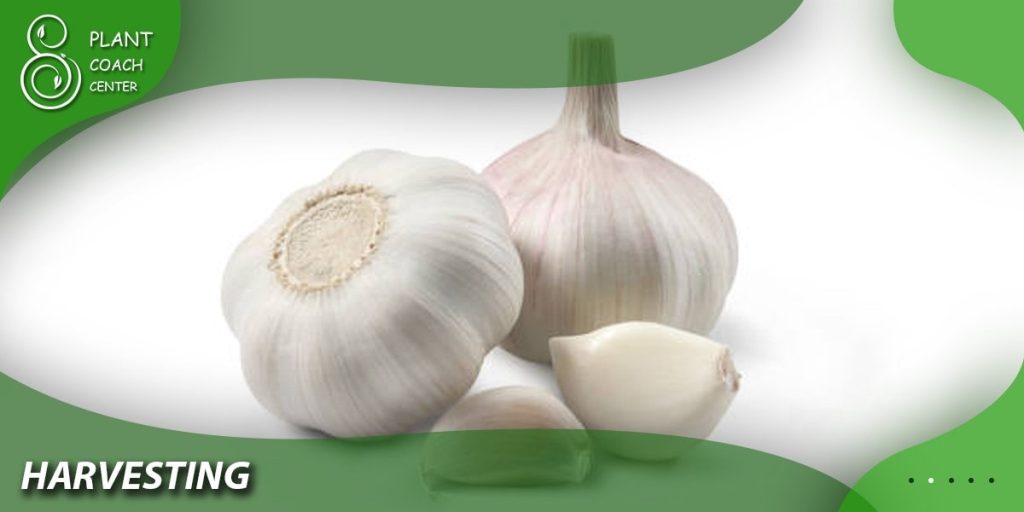
Conclusion
Successfully growing fall garlic requires careful planning, proper techniques, and the ability to address common plant problems. By understanding the benefits of plant coaching, the importance of timing in garlic planting, and implementing the appropriate preparation, planting, and care techniques, gardeners can cultivate healthy and bountiful garlic crops.
Remember to visit [PlantCoachCenter.com] (https://www.plantcoachcenter.com) for additional resources, support, and guidance on plant coaching and tackling plant-related challenges. With the right knowledge and strategies, you can enjoy the satisfaction of harvesting flavorful garlic from your own garden. Happy planting!
When should I plant fall garlic?
Late summer or early fall.
What is the best time to plant fall garlic?
September or October.
Can I plant fall garlic in spring?
No, fall garlic should be planted in the fall season.
How soon can I harvest fall garlic?
Typically, 8 to 10 months after planting.


